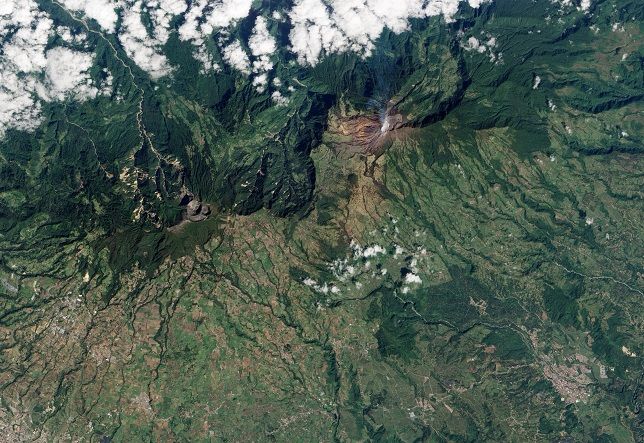UN and Google launch sustainable development partnership
The FAO and Google have announced a new partnership to make satellite data a common tool in managing natural resources

The Food and Agriculture Organization of the United Nations and Google have announced a new partnership to advance sustainable development.
The FAO and the US technology giant will work together to make high-resolution satellite data a common tool in managing the world’s natural resources.
The initiative is designed to assist resource managers and researchers worldwide to assess changing land uses of individual small plots, enabling better analysis of carbon storage capacity and supporting national climate policies.
FAO Director-General José Graziano da Silva said the agency and Google are “ushering in an unprecedented level of environmental literacy.”
The initial focus of the collaboration will be the forestry sector, where FAO said that national experts can use the new software and Google’s accessible geospatial data archives to conduct mapping tasks that used to take weeks or months.
Mr. Graziano da Silva said: “The more people involved, the better it works… Understanding the effects of climate change, planning the improvements in the efficiency of production and distribution of food, and monitoring progress towards the Sustainable Development Goals require more frequent and precise data on the environment and its changes.”
The partnership will see Google make data and processing power easily accessible while the FAO will devise ways to extract useful information.
The initiative has already led to the start of a Global Dryland Assessment, in which national experts, university researchers, partner institutions and FAO have combined forces in an open-sourced exercise.
Rebecca Moore, Director of Google Earth, Earth Engine and Earth Outreach, said: “Partnerships like this bring our products into actual use… we can each bring our unique strengths to make a change for future generations.”
The new tool could also reduce crop losses yields and enhance plant health.






